The United Nations Conference on Trade and Development (UNCTAD) has released new data showing that investment in new projects in Africa increased substantially in 2022. The value of so-called “greenfield” projects in Africa rose nearly four times over the figure for 2021, from US$52 billion to a record $195 billion.
However, UNCTAD also reported that Foreign Direct Investment (FDI) flows to Africa declined by 44% in 2022. This was due in part to a single financial transaction involving “a large corporate reconfiguration” within a firm in South Africa. Excluding this deal, FDI flows to Africa would have increased by 7% in 2022.
Also, UNCTAD is calling for action to help developing countries transition to clean energy. The agency said that “greenfield” investment in renewable energy projects in Africa increased by 60% in 2022. However, more investment is needed to help Africa meet its climate goals.
Meanwhile, the number of new greenfield investments in Africa rose by 39% in 2022, with six of the world’s top 15 megaprojects (valued at more than $10 billion) being announced on the continent. The highest number of new projects were in the information and communications sector, but the biggest increases in value were in energy and gas supply, construction, and extractive industries.
The report also found that much of the growth in renewable energy investments in recent years has occurred in economically developed nations. UNCTAD called for urgent support to help developing countries triple their investments in clean energy.
Rebecca Grynspan, the Secretary-General of the agency, said that a significant increase in investment in sustainable energy systems in developing countries is crucial for the world to reach its climate goals by 2030.
The UNCTAD report on Foreign Direct Investment (FDI) revealed widespread divergences by region and country in 2022 compared to 2021.
Also, in Southern Africa, FDI returned to its previous levels, excluding the anomalous 2021 deal. In Southern Africa, FDI fell to $9 billion, below the 2021 level but double the average of the last decade. In Zambia, after two years of negative values, FDI rose to $116 million.
However, FDI in East Africa decreased by 14% to $3.7 billion in 2022. However, Uganda saw a 39% increase in FDI to $1.5 billion, driven by investment in extractive industries. Tanzania also saw an increase of 8% to $1.1 billion.
In West Africa, Nigeria experienced a negative flow of $187 million as a result of equity divestments. Senegal saw FDI levels remain steady at $2.6 billion, while Ghana’s FDI fell by 39% to $1.5 billion.
In Central Africa, FDI levels remained at $1.8 billion, thanks to investments in offshore oil and mining in the Democratic Republic of Congo.
Meanwhile, In North Africa, FDI more than doubled in Egypt to $11 billion as a result of cross-border merger and acquisition sales. Morocco’s FDI decreased by 6% to $2.1 billion.
In the past five years, FDI inflows have increased in four of Africa’s regional economic groupings. In the Common Market for Eastern and Southern Africa (COMESA), FDI inflows grew by 14% to $22 billion. In the East African Community (EAC), FDI inflows grew by 9% to $3.8 billion. In the West African Economic and Monetary Union (WAEMU), FDI inflows doubled to $5.2 billion. And in the Southern African Development Community (SADC), FDI inflows quadrupled to $10 billion.
The UNCTAD report also found that Europeans are the largest holders of FDI stock on the continent. Britain holds $60 billion in FDI stock in Africa, France holds $54 billion, and the Netherlands holds $54 billion.
